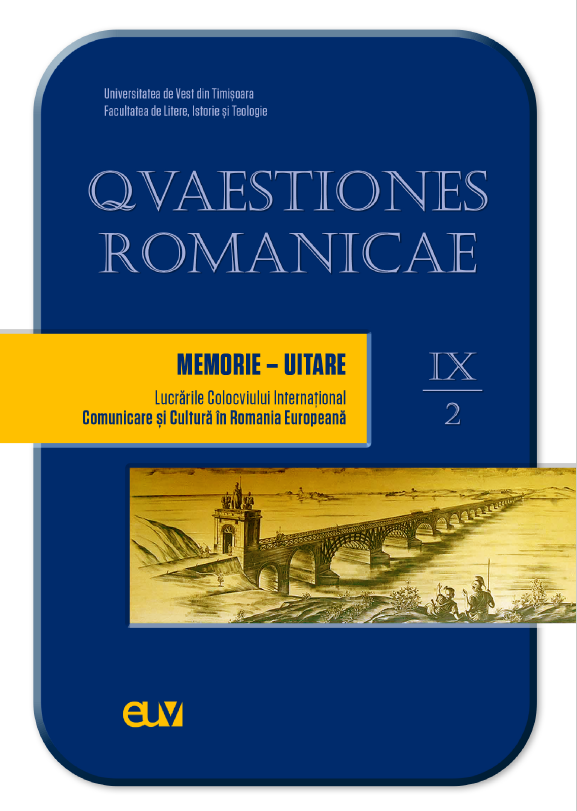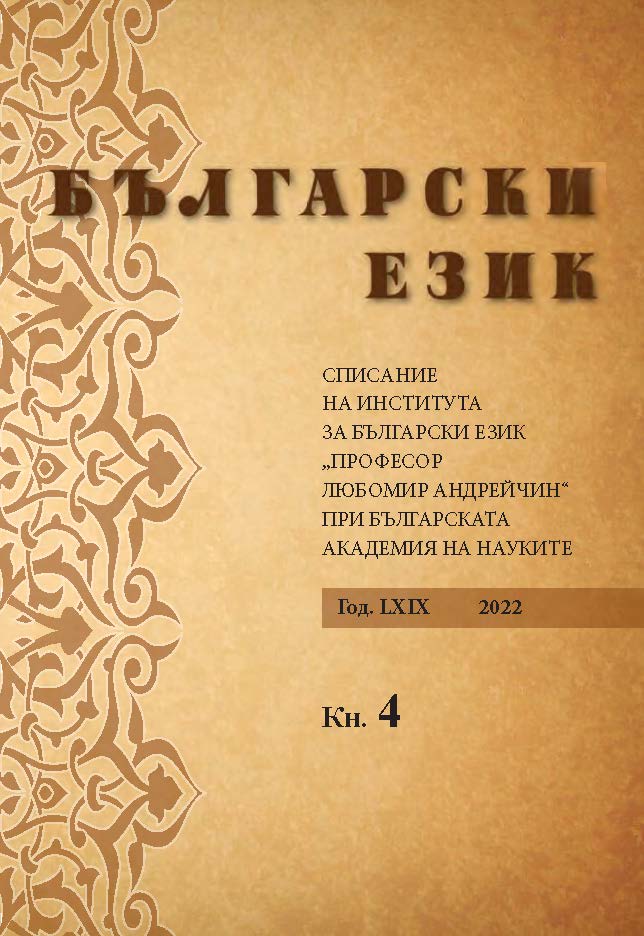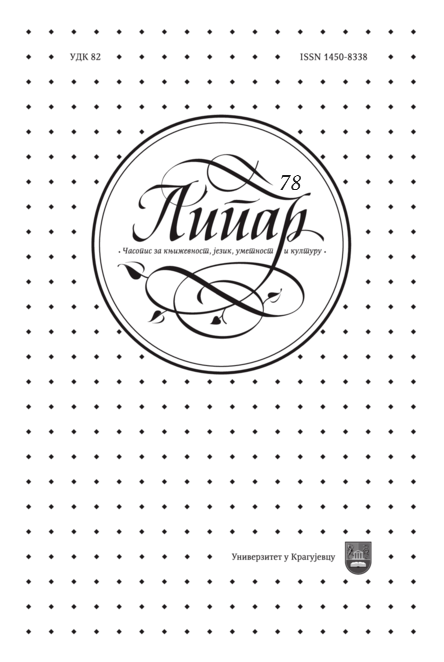Naise eneseteadvuse ja iha sünd sonetis. Marie Under ja Edna St. Vincent Millay (I)
Mitmed tänapäeva monograafiad pühenduvad naissubjekti, tema iha, eneseteadvuse ja hääle analüüsile lääne sonetitraditsioonis. Ühe verstapostina nähakse siin Ameerika poetessi, 1923. aasta Pulitzeri luuleauhinna laureaadi Edna St. Vincent Millay rikast sonetiloomingut, mis pühitses naishäälega erootilist armastust siin ja praegu. Millay armastussonettide seeriaid peetakse petrarkismi, lääne luulekultuuris enam kui viiesaja aasta jooksul juurdunud sonetitraditsiooni kontekstis murranguliseks. Millay debüteeris ja avaldas esimesed uue ajastu naise häälega sonetid 1917. aastal ehk samal aastal, kui Marie Under avaldas oma varjamatust ihast pakatava esikkogu „Sonetid”. Mõlemad autorid armastasid sonetivormi: Under on kirjutanud üle 100 soneti, Millay sonetitoodang küünib üle 180. Mõlemad valasid sellesse vormi igatsused ja kired, meelelised tundmused ja hingeliikumised. Nende samal ajal, ent erineval pool maakera kirjutatud sonetid astuvad sageli lausa hämmastavasse dialoogi. Ühest küljest on mõlema poetessi sonettide hääleks tihti eneseteadlik, seksuaalne ja ihalev naissoost mina ning mitmel puhul loovad nad äärmiselt sarnase poeetilise maailma, teisalt võib paiguti näha, et nad esindavad selle maailma eri poolusi.
More...


